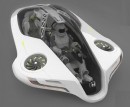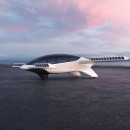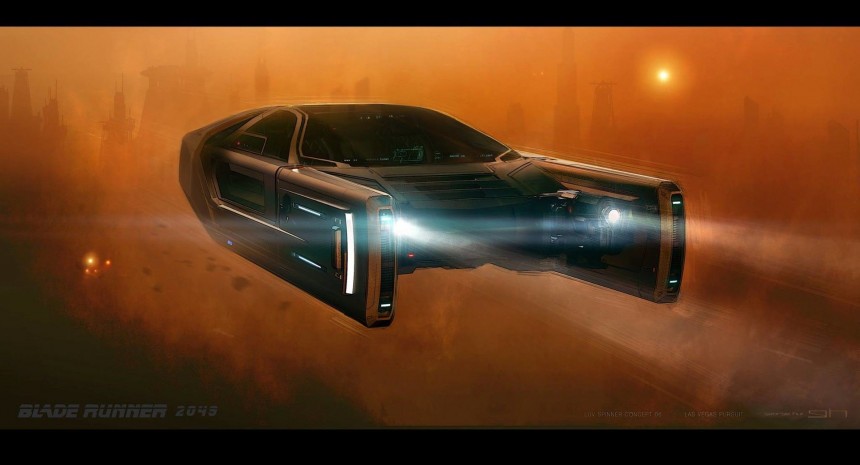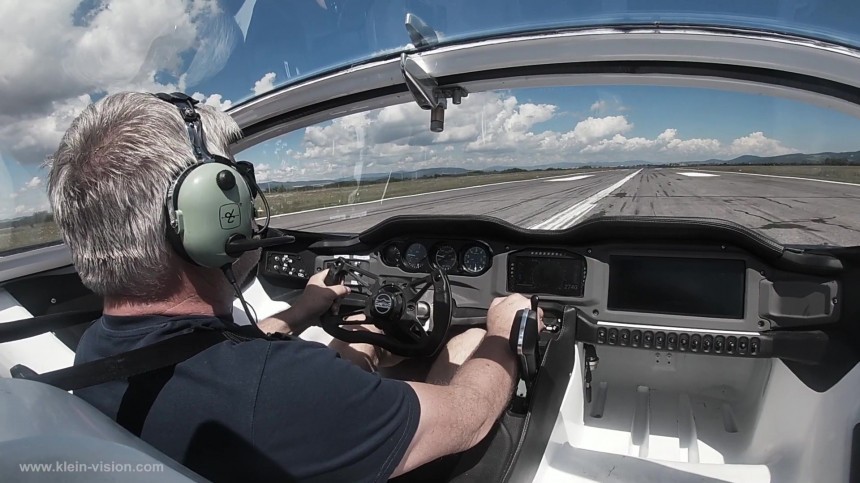Traffic jams all around the big cities, crowded streets in the neighborhoods and slow rides durin rush hour (this even like a paradox) – all these happen because we still are the prisoners of a bidimensional driving environment. But what if our cars could fly?
Crossroads and roundabouts would simply disappear, as the traffic on various directions could be separated by altitude. Our driving environment would go 3D just like that and life would be wonderful then. Did you see the happy faces of Harrison Ford or Ryan Gosling while pretending to ride their flying cars in the Blade Runner movies? What’s preventing this from happening? Flying cars, I mean…
For the moment, let’s put the question of the vehicle aside because, in fact, very few people would be really happy to take the wheel or the yoke of a flying car. Flight phobia is quite popular nowadays. Beside this, we are talking about abilities to think in 3D about the act of driving and not everybody could physically and mentally adapt to this – it’s a much more demanding task than 2D driving. If you don’t believe me, give it your own try by attending a recreational pilot or a private pilot course.
Many would say: come on, you don’t have to be a pilot to do it. There must be an automatic pilot available in every one of those flying vehicles. So, after you plot the flight data into the onboard computer you won’t have anything more to do. The car will just take off from A and land safely in B, meanwhile you can relax and look through the window. Here comes another problem: this would only work for a completely scheduled flight, with a clearly specified departure and arrival time, following a specified route.
The scheduled or officially planned flights must be approved by some kind of authority or program prior to taking off - a procedure aiming to exclude any risk of midair collision and to facilitate a rapid intervention in an eventual distress situation. Otherwise, the flight will be postponed until a safe window for the supposed trajectory will be available. That’s how controlled airspace works. Only in remote areas you would be probably allowed to take off whenever and fly wherever at any time (to get your groceries, for instance) – but, hey, the roads are not clogged in remote areas, so you won’t be needing a flying car there!
And, anyway, you’d better be a trained pilot even if your flying vehicle is able to do the whole thing by itself. Malfunctions of all kinds, unexpected weather deteriorations, CATs (Clear Air Turbulences), icing, hail, bird strikes, volcano eruptions – reality offers an infinite range of hazards you might have to face up there and, certainly, there is no IT programmer of automatic pilots able to foresee all of them.
So, do you feel ready to spontaneously assume the control of a damaged flying vehicle? It’s the time to send some good thoughts to pilots like Tammie Jo Shults or Chesley Sullenberger, as their professional dedication saved hundreds.
Now, let’s see how a proper personal vehicle for this kind of use should be. It should be able to easily morph between land and air functional configurations, otherwise a runway or a heliport pad will become its limitations. Also absolutely necessary: VTOL (Vertical Take-Off and Landing) abilities, otherwise the vehicle would be operable mainly from conventional (did anybody say “crowded?”) airports. Right now, the most realistic flying car projects have a drone-like configuration (rather than airplane-like one) aiming to fulfill the VTOL technical requirements.
The reliability of a flying car must be above any suspicion, since any defective vehicle of this kind just can’t shut down its engines, stop in midair and wait for a flying service truck up there. Well, just don’t buy a car that can’t levitate, you’d say. Only some airships and balloons (those “lighter than air” things) might be able to do it, but they have huge dimensions by definition, as they have to displace an enormous volume of air just to get airborne (see Archimedes’ law).
Right now, the available terrestrial technology may allow the materialization of something like a car-sized personal flying vehicle. OK, let’s say it is there, waiting for you in the shiny window of the showroom beyond the next corner. But it’s damn expensive compared to an automobile! And you have to become a qualified pilot to use it. Well, looks like that’s all folks. I guess our planet won’t look too soon like Coruscant, with its dynamic aerial traffic structured on altitude layers and clearly defined airspaces.
Many would say: come on, you don’t have to be a pilot to do it. There must be an automatic pilot available in every one of those flying vehicles. So, after you plot the flight data into the onboard computer you won’t have anything more to do. The car will just take off from A and land safely in B, meanwhile you can relax and look through the window. Here comes another problem: this would only work for a completely scheduled flight, with a clearly specified departure and arrival time, following a specified route.
The scheduled or officially planned flights must be approved by some kind of authority or program prior to taking off - a procedure aiming to exclude any risk of midair collision and to facilitate a rapid intervention in an eventual distress situation. Otherwise, the flight will be postponed until a safe window for the supposed trajectory will be available. That’s how controlled airspace works. Only in remote areas you would be probably allowed to take off whenever and fly wherever at any time (to get your groceries, for instance) – but, hey, the roads are not clogged in remote areas, so you won’t be needing a flying car there!
So, do you feel ready to spontaneously assume the control of a damaged flying vehicle? It’s the time to send some good thoughts to pilots like Tammie Jo Shults or Chesley Sullenberger, as their professional dedication saved hundreds.
Now, let’s see how a proper personal vehicle for this kind of use should be. It should be able to easily morph between land and air functional configurations, otherwise a runway or a heliport pad will become its limitations. Also absolutely necessary: VTOL (Vertical Take-Off and Landing) abilities, otherwise the vehicle would be operable mainly from conventional (did anybody say “crowded?”) airports. Right now, the most realistic flying car projects have a drone-like configuration (rather than airplane-like one) aiming to fulfill the VTOL technical requirements.
Right now, the available terrestrial technology may allow the materialization of something like a car-sized personal flying vehicle. OK, let’s say it is there, waiting for you in the shiny window of the showroom beyond the next corner. But it’s damn expensive compared to an automobile! And you have to become a qualified pilot to use it. Well, looks like that’s all folks. I guess our planet won’t look too soon like Coruscant, with its dynamic aerial traffic structured on altitude layers and clearly defined airspaces.


































